Home>Articles>What Temperature To Cook Sausage On A George Foreman Grill
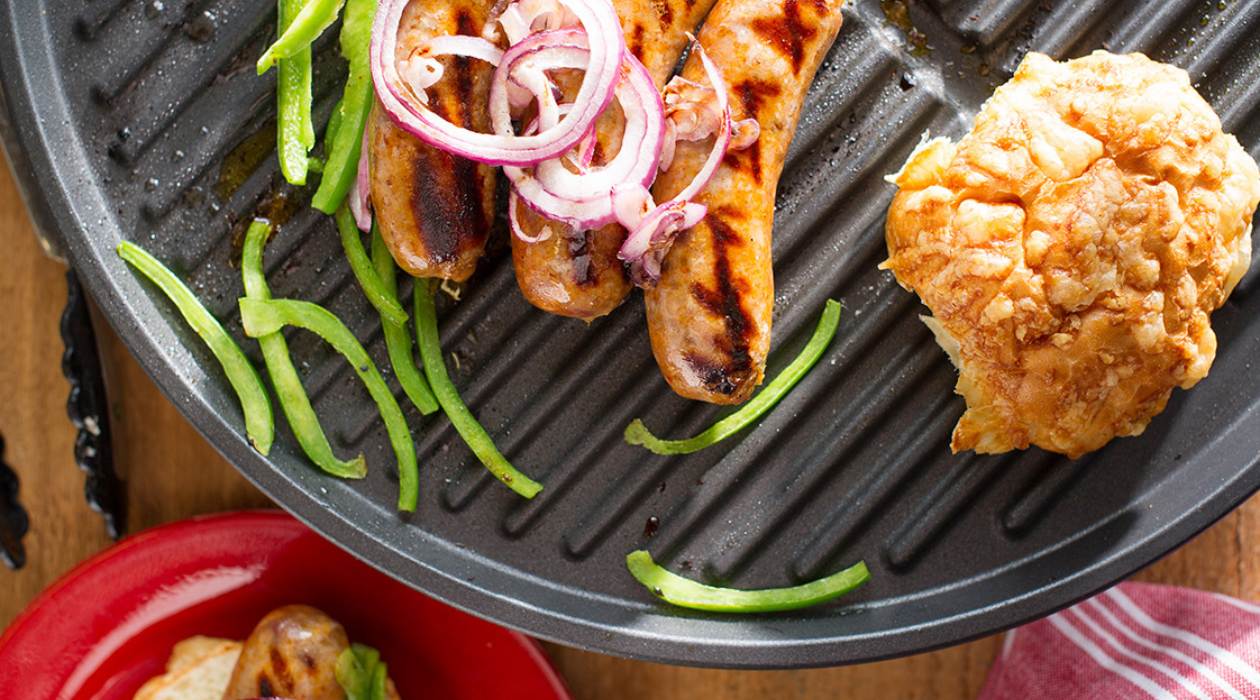

Articles
What Temperature To Cook Sausage On A George Foreman Grill
Modified: December 7, 2023
Learn the ideal temperature for cooking sausage on a George Foreman grill with our informative articles. Master the art of grilling delicious sausages with precision and ease.
(Many of the links in this article redirect to a specific reviewed product. Your purchase of these products through affiliate links helps to generate commission for Storables.com, at no extra cost. Learn more)
Introduction
The George Foreman Grill is a popular kitchen appliance that has revolutionized the way people cook their favorite foods. Whether you’re grilling burgers, chicken, or vegetables, the George Foreman Grill offers convenience, speed, and delicious results. However, when it comes to cooking sausage on a George Foreman Grill, many people are unsure about the optimal temperature to use. In this article, we will explore the benefits of using a George Foreman Grill, understand the ideal temperature for cooking sausage, and provide tips for achieving perfectly cooked sausage every time.
The George Foreman Grill is known for its unique design, featuring slanted plates that allow excess fat to drain away while cooking. This fat reduction feature makes it a healthier alternative to traditional grilling methods, as it helps remove excess grease and oil from the food. Additionally, the grill’s non-stick surface makes it easy to clean, further adding to its appeal.
Cooking sausage on a George Foreman Grill offers several advantages over other cooking methods. Firstly, the even heat distribution ensures that the sausage cooks thoroughly and evenly, eliminating the risk of undercooked or overcooked sections. Additionally, the vertical cooking position helps the sausage retain its natural juices and flavors. The result is a perfectly cooked, juicy sausage with a deliciously crispy exterior.
Before diving into the optimal temperature for sausage, it’s important to note that the temperature settings on a George Foreman Grill can vary depending on the model. Some grills have a temperature range from 300°F to 450°F, while others may have specific presets for different types of food. Understanding your specific grill’s temperature settings is crucial for achieving the best results when cooking sausage.
Key Takeaways:
- Cook sausage on a George Foreman Grill at 375°F to 400°F for optimal results. Monitor cooking times and use a meat thermometer to ensure sausages reach at least 160°F for safe consumption.
- The George Foreman Grill offers convenience, healthier cooking, and flavor retention. Follow cleaning tips to maintain its performance and enjoy delicious, perfectly cooked sausages every time.
Read more: What Is The Best George Foreman Grill
Benefits of Using a George Foreman Grill
The George Foreman Grill offers numerous benefits that make it a popular choice for cooking enthusiasts. Here are some of the key advantages of using a George Foreman Grill:
- Healthier Cooking: One of the main benefits of the George Foreman Grill is its ability to reduce fat in cooked foods. The slanted cooking plates effectively drain away excess fat and grease, resulting in healthier and leaner meals.
- Quick and Convenient: The George Foreman Grill heats up quickly, allowing you to start cooking in no time. Additionally, its compact size makes it ideal for small kitchens or limited counter space. It also cooks food faster than traditional grills, reducing cooking time and making it convenient for busy individuals.
- Versatility: The George Foreman Grill is versatile and can be used to cook a wide range of foods. From burgers and chicken to vegetables and even paninis, the grill can handle various ingredients, making it a versatile addition to your kitchen arsenal.
- Even Cooking: The grill’s design ensures even heat distribution, resulting in evenly cooked food. This eliminates the need for constant flipping or rotating, saving you time and effort.
- Easy to Clean: The non-stick cooking plates make cleaning the George Foreman Grill a breeze. Simply wipe off any excess food particles with a paper towel or cloth, and you’re done. The removable plates are dishwasher-safe, making the cleaning process even more convenient.
- Portable: The compact and lightweight design of the George Foreman Grill makes it easy to transport, making it a great option for picnics, camping trips, or even for use in college dorms.
- Flavor Retention: The vertical cooking position allows the food to retain its natural juices, resulting in flavorful and succulent meals. This is especially important when cooking sausages, as the vertical position helps to maintain their moisture and taste.
These benefits make the George Foreman Grill an attractive choice for those who value convenience, healthiness, and delicious food. Whether you’re a beginner in the kitchen or an experienced chef, the George Foreman Grill can elevate your cooking game and offer a versatile and convenient cooking experience.
Understanding the Optimal Temperature for Cooking Sausage
When it comes to cooking sausage on a George Foreman Grill, achieving the optimal temperature is crucial for delicious results. Different types of sausages require varying cooking temperatures to ensure they are cooked through while maintaining their juiciness and flavor.
The general rule of thumb for cooking sausage on a George Foreman Grill is to preheat the grill to a medium-high temperature. This typically falls within the temperature range of 375°F to 400°F (190°C to 205°C). However, it’s essential to refer to the specific recommendations provided with your grill, as temperature settings may vary between models.
For thinner or pre-cooked sausages, such as breakfast sausages or hot dogs, a slightly lower temperature of around 350°F (175°C) is suitable. This ensures that the sausages heat through without burning or becoming overly dry. Thicker sausages, like bratwursts or Italian sausages, benefit from a slightly higher temperature of around 375°F to 400°F (190°C to 205°C). This allows the sausages to cook evenly and develop a deliciously crispy exterior while maintaining their juiciness.
It’s essential to keep an eye on the sausages while they’re cooking. During the grilling process, you may need to adjust the temperature slightly to prevent the sausages from burning or cooking too quickly. The goal is to achieve a golden brown color and ensure that the sausage is cooked all the way through.
Remember that cooking times may vary depending on the thickness and type of sausage you are preparing. Thinner sausages may cook in around 8 to 10 minutes, while thicker sausages may take anywhere between 12 to 15 minutes. It’s always a good idea to use a meat thermometer to ensure that the internal temperature of the sausages reaches at least 160°F (71°C) to ensure they are fully cooked.
By understanding the optimal temperature range for cooking sausages and paying attention to the specific cooking times, you can achieve perfectly cooked sausages with the George Foreman Grill every time.
Setting the Temperature on a George Foreman Grill
Setting the temperature on a George Foreman Grill is a straightforward process that can vary depending on the model you are using. While some newer models offer specific temperature presets for different types of food, others have a manual temperature control knob. Here’s a general guide on how to set the temperature on a George Foreman Grill:
- Read the Instruction Manual: Before using your George Foreman Grill, it’s important to familiarize yourself with the specific instructions provided by the manufacturer. This will help you understand the temperature settings and any additional features your grill may have.
- Preheat the Grill: Start by preheating the grill for a few minutes. This will ensure that the cooking plates are hot and ready to cook your sausages evenly.
- Temperature Presets: If your George Foreman Grill has temperature presets, consult the instruction manual to determine the optimal preset for cooking sausages. These presets can take the guesswork out of setting the temperature and provide consistent results.
- Manual Temperature Control: If your grill does not have presets, it will likely feature a manual temperature control knob. Turn the knob to the desired temperature setting, typically ranging from 300°F to 450°F (150°C to 230°C). For cooking sausages, a medium-high temperature, around 375°F to 400°F (190°C to 205°C), is recommended.
- Allow for Adjustment: Keep in mind that the actual temperature achieved by the grill may vary slightly from the temperature setting. It’s a good practice to monitor the sausages closely during cooking and make slight adjustments to the temperature if necessary, to prevent overcooking or undercooking.
It’s important to note that the specific temperature settings may vary between different George Foreman Grill models. Always follow the instructions provided by the manufacturer to ensure the best cooking results. Additionally, some models may feature indicator lights that indicate when the grill has reached the desired temperature or when the food is ready to be removed.
By understanding how to set the temperature on your George Foreman Grill and adjusting it accordingly, you can achieve the perfect cooking temperature for your sausages and enjoy delicious results every time.
Tips for Cooking Sausage on a George Foreman Grill
Cooking sausage on a George Foreman Grill can be a simple and enjoyable experience. To ensure that your sausages are perfectly cooked and full of flavor, here are some helpful tips:
- Choose the Right Sausage: Different types of sausages have varying cooking requirements. Select sausages that are appropriate for grilling and consider the thickness and type of casing. Pre-cooked sausages, such as hot dogs or breakfast sausages, may require less cooking time than raw sausages.
- Preheat the Grill: Preheating the George Foreman Grill is essential to ensure even heating and prevent sticking. Allow the grill to come up to the desired temperature before adding the sausages.
- Brush with Oil: Although the George Foreman Grill has a non-stick surface, it can be beneficial to brush the sausages with a light coating of oil before grilling. This helps prevent sticking and promotes a crispy and delicious exterior.
- Avoid Overcrowding: Give the sausages enough space on the grill to cook evenly. Overcrowding can lead to uneven cooking and may result in some sausages being overcooked while others remain undercooked.
- Use the Lid (If Applicable): If your George Foreman Grill has a lid, use it to create a more “oven-like” cooking environment. The lid helps trap heat, sealing in the moisture and flavor of the sausages.
- Monitor Cooking Time: Keep a close eye on the sausages as they cook. Cooking times can vary depending on the thickness and type of sausage. Use a timer if needed to ensure the sausages are cooked to perfection.
- Check for Doneness: Always ensure that the sausages are cooked thoroughly before serving. Use a meat thermometer to check the internal temperature, aiming for a minimum of 160°F (71°C) for fully cooked sausages.
- Rest before Serving: Allow the cooked sausages to rest for a few minutes before serving. This helps the juices redistribute, resulting in a juicier and more flavorful bite.
- Experiment with Flavors: Get creative by experimenting with different seasonings, marinades, or glazes to enhance the flavor of your sausages. Consider adding herbs, spices, or even a touch of barbecue sauce to make them even more delicious.
By following these tips, you can achieve perfectly cooked sausages packed with flavor and enjoy a delightful grilling experience with your George Foreman Grill.
Preheat your George Foreman grill to medium-high heat (around 375°F) before cooking sausage. This will ensure that the sausage cooks evenly and gets a nice sear on the outside.
Read more: What To Cook In A George Foreman Grill
Different Cooking Times for Various Types of Sausage
When it comes to cooking sausage on a George Foreman Grill, the cooking time can vary depending on the type and thickness of the sausage. It’s important to understand that raw sausages will generally take longer to cook compared to pre-cooked sausages, which only need to be heated through. Here are some general guidelines for the cooking times of different types of sausages:
- Breakfast Sausage: Breakfast sausages are typically smaller in size and thinner, making them quicker to cook. Pre-cooked breakfast sausages may only require around 6 to 8 minutes on the grill, while raw breakfast sausages may take 10 to 12 minutes, depending on their size.
- Italian Sausage: Italian sausage is often thicker and larger than breakfast sausages. Raw Italian sausages may require approximately 12 to 15 minutes on the grill, turning them occasionally to ensure even cooking. Pre-cooked Italian sausages can be heated for 8 to 10 minutes.
- Bratwurst: Bratwurst sausages are slightly larger in size and have a coarser texture. Raw bratwursts should be grilled for about 12 to 15 minutes, turning them every few minutes. Pre-cooked bratwursts can be heated for 8 to 10 minutes.
- Hot Dogs: Hot dogs are usually fully cooked, so they just need to be heated through on the grill. Grilling hot dogs for approximately 6 to 8 minutes is usually sufficient to achieve a nice, smoky flavor and slightly charred exterior.
- Specialty Sausages: If you’re cooking specialty sausages, such as chorizo, Andouille, or German sausages, their cooking times may vary. It’s best to refer to the specific instructions on the package or consult a recipe to determine the appropriate cooking times.
It’s important to note that these are general guidelines, and the cooking times may vary depending on the thickness and personal preference. To ensure that the sausages are cooked properly, use a meat thermometer to check the internal temperature. The sausages should reach a minimum internal temperature of 160°F (71°C) for safe consumption.
By being mindful of the cooking times and adjusting as needed, you can enjoy perfectly cooked sausages on your George Foreman Grill every time, whether you prefer them juicy and tender or with a slight crispness on the outside.
Checking for Doneness: How to Know When Sausage is Cooked
Knowing when sausage is fully cooked is essential to ensure that it is safe to eat and to achieve the desired level of doneness. Here are some recommended methods for checking the doneness of sausage cooked on a George Foreman Grill:
- Visual Inspection: One of the simplest ways to determine if sausage is cooked is through visual cues. Look for a golden brown color on the exterior of the sausage. This indicates that it has developed a slightly crispy and flavorful crust.
- Texture and Firmness: Gently press the sausage with tongs or a spatula. Cooked sausages should feel firm and have a slight resistance when pressed. If the sausage feels soft or mushy, it may require additional cooking time.
- Internal Temperature: The most accurate way to determine if sausage is fully cooked is by using a meat thermometer to check the internal temperature. Insert the thermometer probe into the thickest part of the sausage, avoiding contact with the casing. The sausage should reach an internal temperature of at least 160°F (71°C) for safe consumption. Keep in mind that pre-cooked sausages may have lower temperature requirements, so refer to the packaging instructions for specific temperature recommendations.
- Juices: When pricked or cut, properly cooked sausages should release clear juices. If the juices appear pink or cloudy, it may indicate that the sausage needs more time on the grill to cook thoroughly.
Remember that cooking times can vary based on the type of sausage, thickness, and personal preference. It’s always better to slightly overcook the sausage than to undercook it, as raw or undercooked sausage can pose a risk of bacterial contamination.
Once the sausage has reached the desired level of doneness, remove it from the grill and allow it to rest for a few minutes. This helps the sausage retain its juices, resulting in a more flavorful and succulent bite. Serve the cooked sausage on a bun, alongside your favorite condiments, or incorporate it into a delicious meal.
By using these methods to check for doneness, you can ensure that your sausages are cooked to perfection on your George Foreman Grill, providing safe and delicious results for you and your family to enjoy.
Cleaning and Maintenance of a George Foreman Grill
Proper cleaning and maintenance of your George Foreman Grill are essential to ensure its longevity and performance. Here are some helpful tips for keeping your grill clean and in excellent condition:
- Unplug and Let It Cool: Before attempting to clean your George Foreman Grill, make sure to unplug it from the power source and allow it to cool down completely. This is to avoid any risk of burns or electrical accidents.
- Remove Excess Grease: After each use, use a paper towel or a damp cloth to remove any excess grease, oil, or food residue from the grill plates. Be careful not to burn yourself, as the plates may still be hot.
- Remove and Clean the Drip Tray: The drip tray is designed to collect the excess fat and oil that drains off during cooking. Remove the drip tray and empty the contents into a disposable container. Wash the tray with warm soapy water, rinse it thoroughly, and allow it to dry before reinserting it into the grill.
- Wash the Grill Plates: If your grill plates are detachable, remove them after they have cooled down. Wash them with warm soapy water, using a non-abrasive sponge or cloth. Avoid using harsh chemicals or abrasive cleaning tools that may damage the non-stick coating. Rinse the plates thoroughly and ensure they are completely dry before reattaching to the grill.
- Non-Detachable Grill Plates: If your George Foreman Grill has non-detachable grill plates, use a damp cloth or sponge to wipe them down after they have cooled down. Be gentle when cleaning to avoid damaging the surface.
- Stubborn Stains: For stubborn stains or food residue, you can try gently scrubbing the grill plates with a mixture of baking soda and water. Apply the mixture to the stains, let it sit for a few minutes, and then scrub with a non-abrasive sponge or brush. Rinse thoroughly afterward.
- Exterior Cleaning: Wipe down the exterior of the grill with a damp cloth or sponge to remove any spills or splatters. Avoid using abrasive cleaners that may scratch or damage the surface.
- Storage: Once your grill is clean and completely dry, store it in a cool, dry place. Avoid stacking heavy items on top of the grill to prevent any accidental damage.
- Regular Maintenance: It’s a good practice to regularly inspect your George Foreman Grill for any signs of wear or damage. Replace any worn-out parts, such as the grill plates or power cord, following the manufacturer’s instructions.
Following these cleaning and maintenance tips will help ensure that your George Foreman Grill remains in optimal condition, allowing you to enjoy delicious grilled foods for years to come.
If you have any specific queries or concerns about cleaning your specific model of George Foreman Grill, refer to the instruction manual provided by the manufacturer for customized instructions.
Conclusion
The George Foreman Grill is a versatile and convenient kitchen appliance that offers numerous benefits for cooking sausage. Understanding the optimal temperature, following the proper cooking times, and using the right techniques can result in deliciously cooked sausages with perfectly crispy exteriors and juicy interiors.
Using a George Foreman Grill provides several advantages, such as reduced fat content, even cooking, and easy cleanup. The grill’s unique design allows excess grease to drain away, resulting in healthier and leaner sausages. The non-stick surface makes it easy to clean, while the compact size and quick heating offer convenience for busy individuals.
By setting the temperature according to the type of sausage and following the recommended cooking times, you can achieve optimal results. It’s important to monitor the sausages closely, checking for doneness through visual cues, texture, and internal temperature. Always ensure that sausages reach a minimum internal temperature of 160°F (71°C) for safe consumption.
Proper cleaning and maintenance of your George Foreman Grill are essential to its longevity and performance. Regularly cleaning the grill plates, drip tray, and exterior will help keep it in excellent condition. Take care to use non-abrasive cleaning tools and follow the manufacturer’s instructions for your specific model.
In conclusion, cooking sausage on a George Foreman Grill offers a convenient and healthy way to enjoy this delicious treat. With the right temperatures, cooking times, and proper care, you can achieve mouthwatering sausages that are cooked to perfection every time. So, fire up your George Foreman Grill and savor the flavors of perfectly grilled sausages with ease.
Frequently Asked Questions about What Temperature To Cook Sausage On A George Foreman Grill
Was this page helpful?
At Storables.com, we guarantee accurate and reliable information. Our content, validated by Expert Board Contributors, is crafted following stringent Editorial Policies. We're committed to providing you with well-researched, expert-backed insights for all your informational needs.
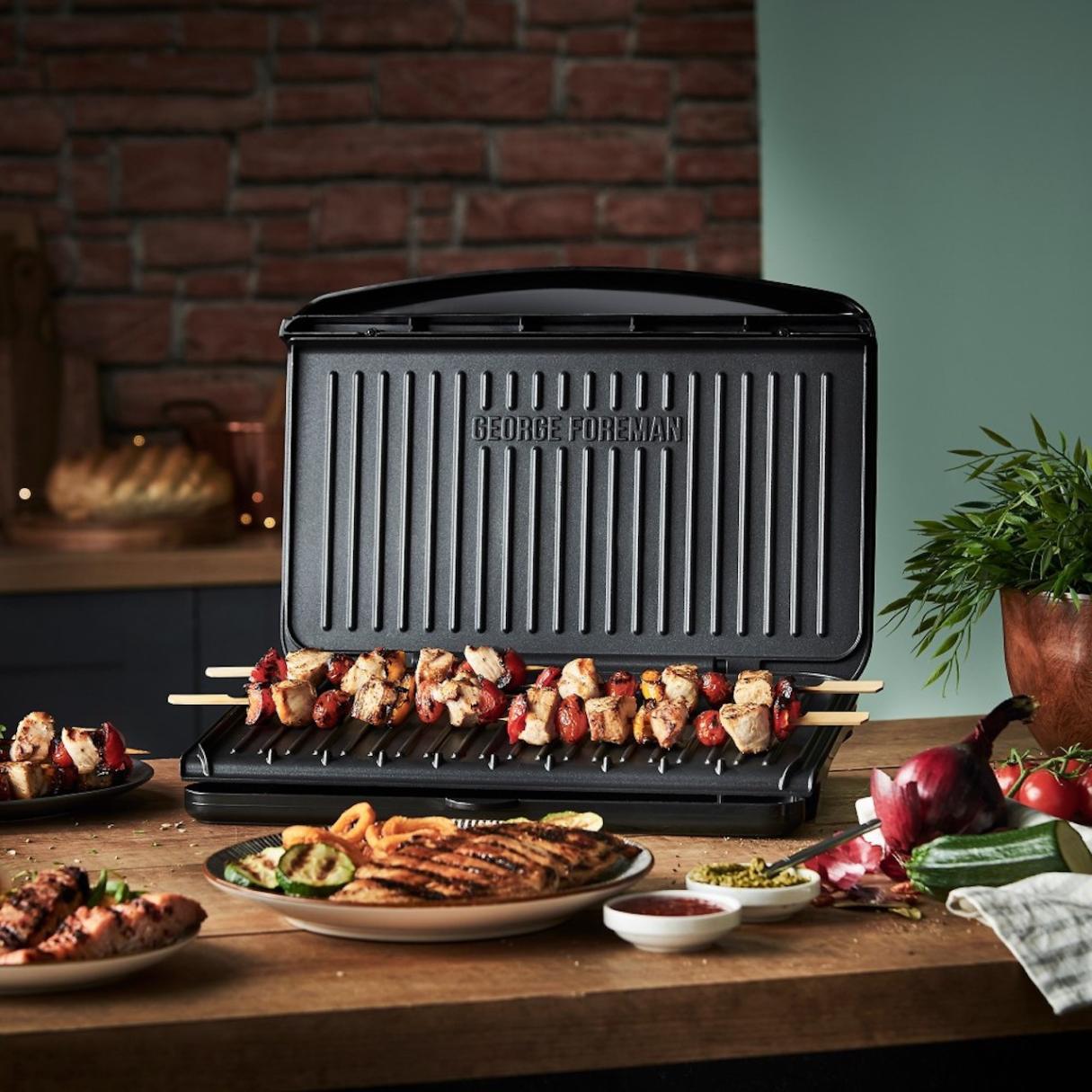
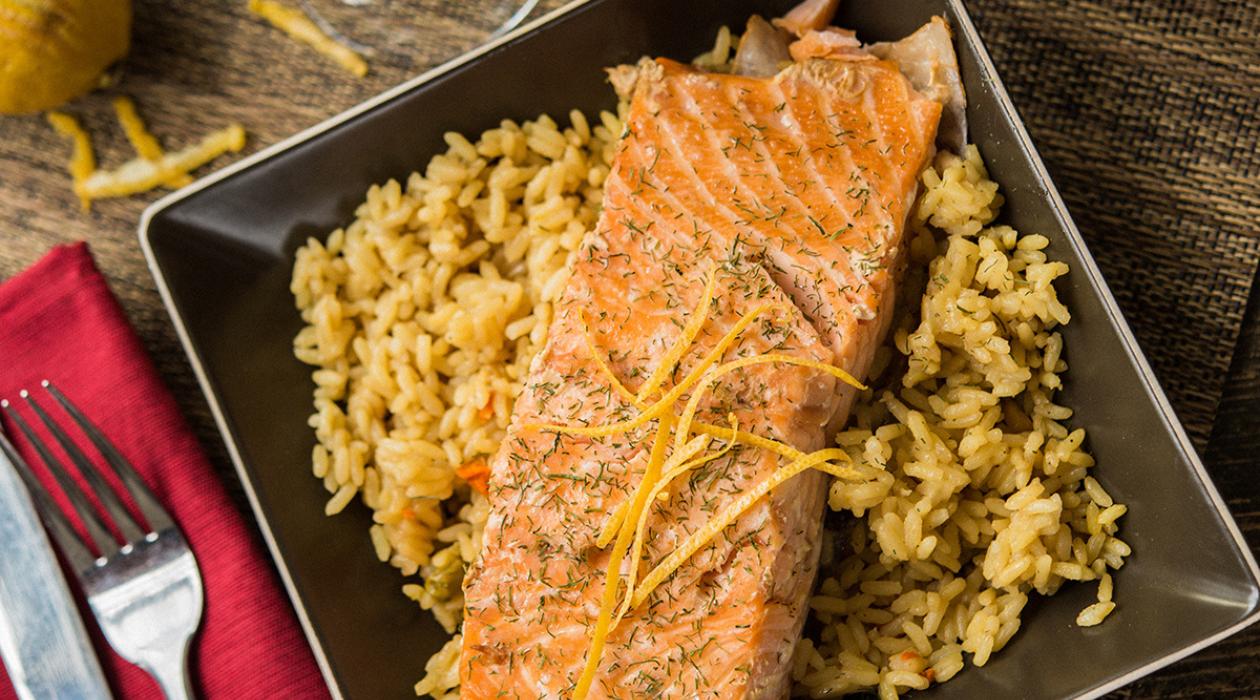
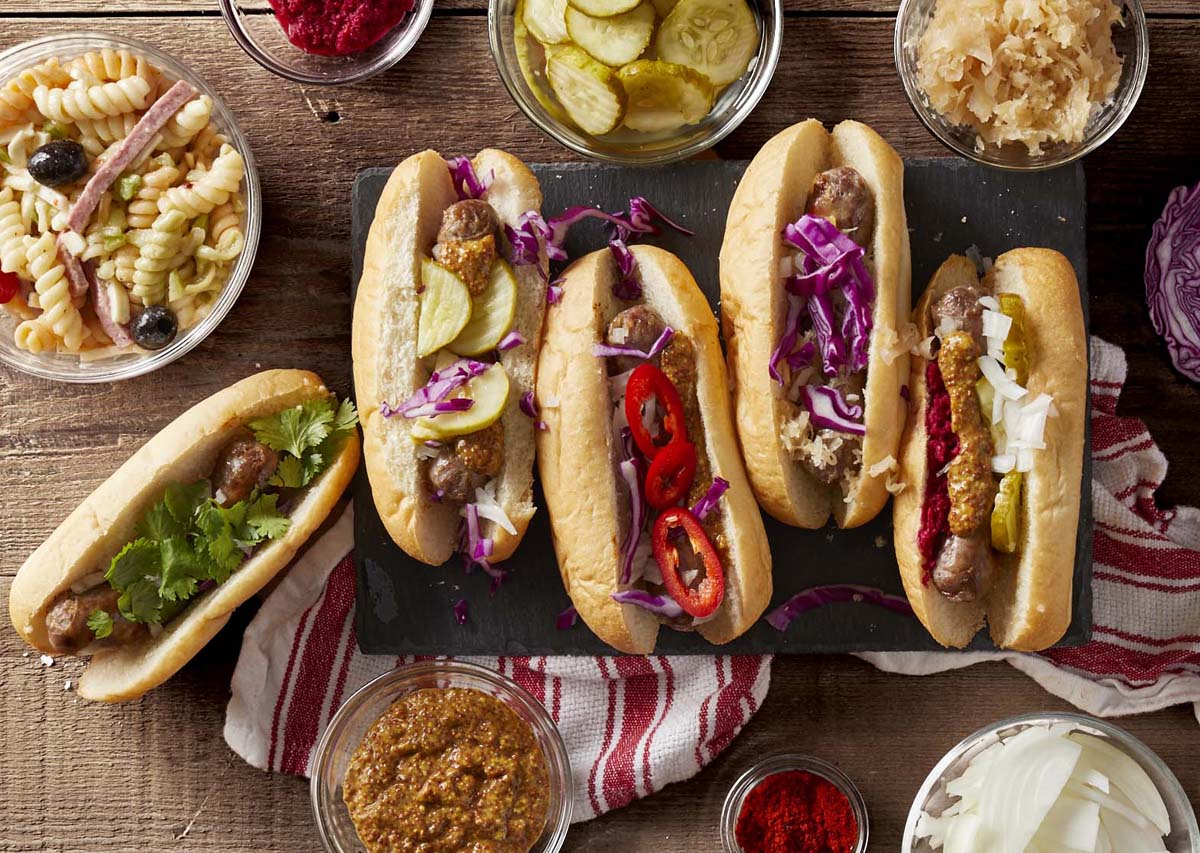
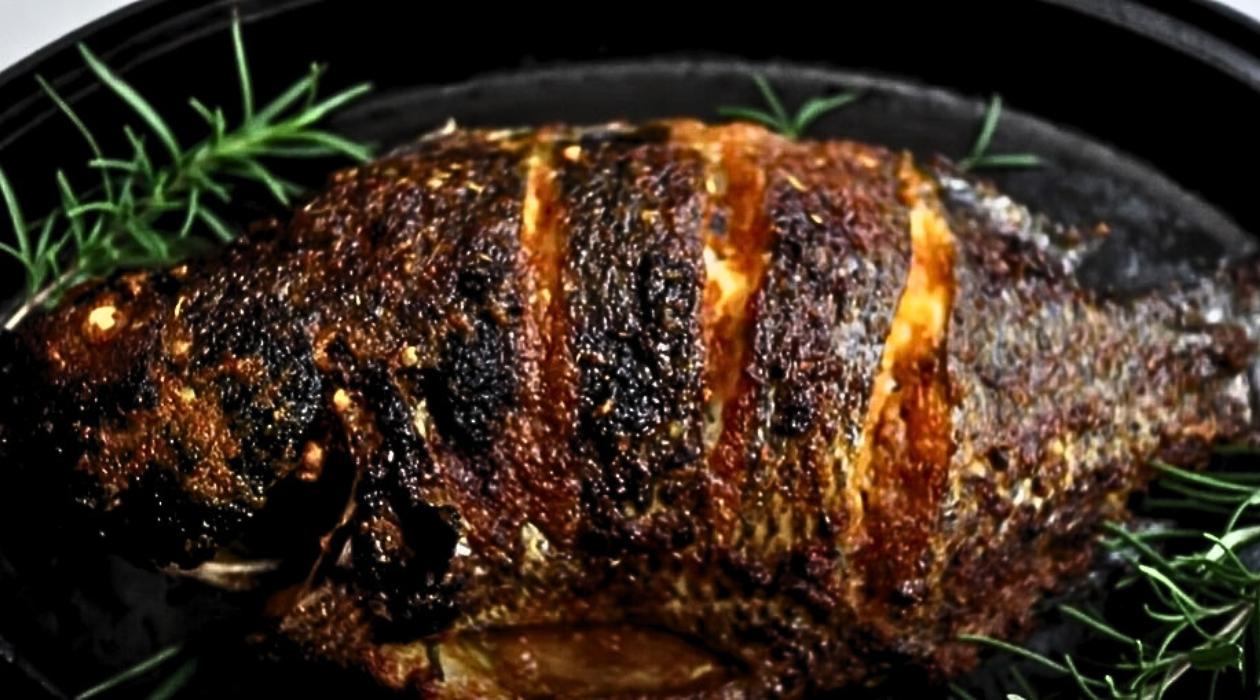
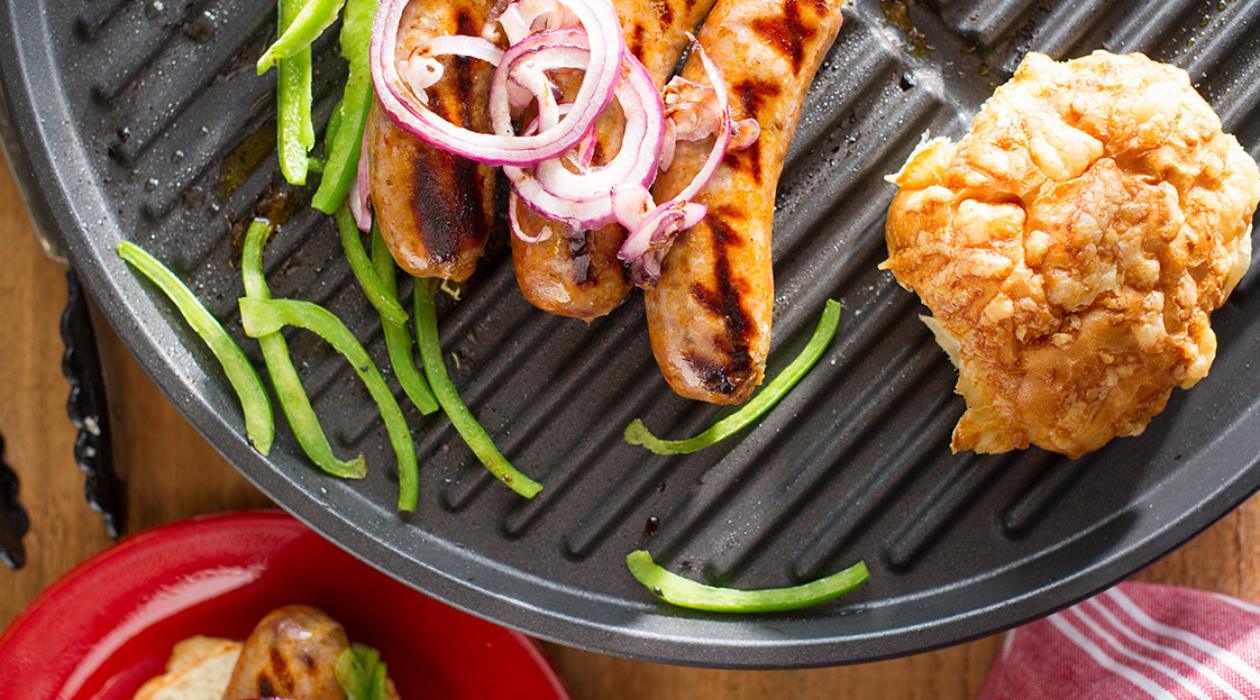
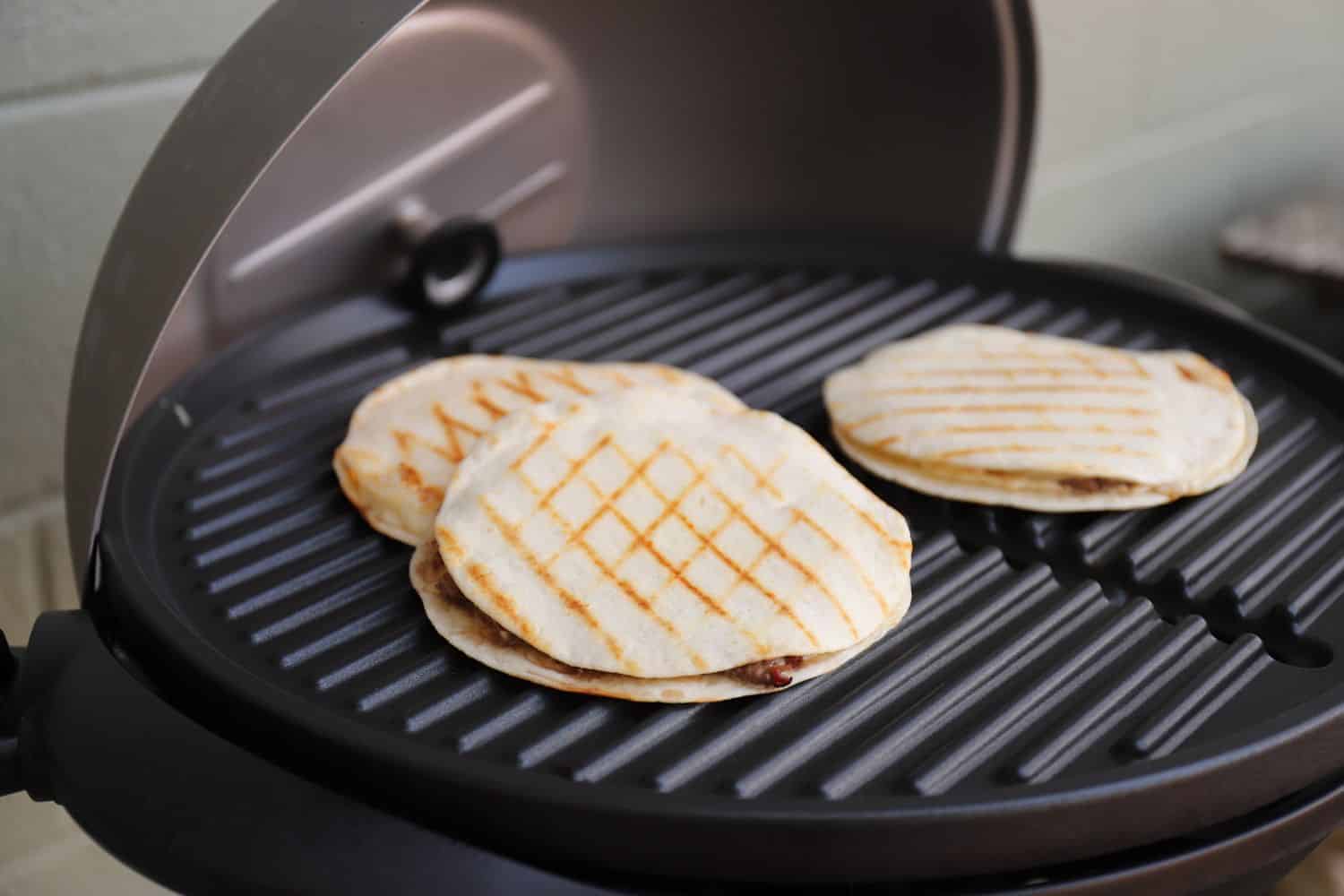
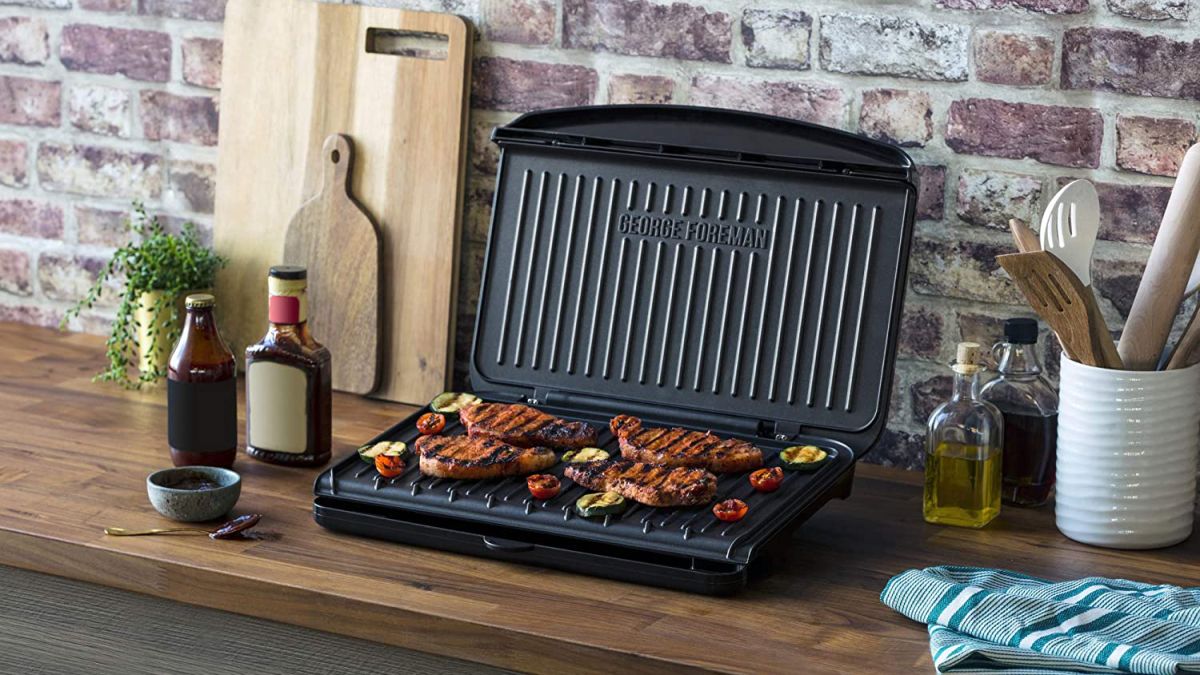
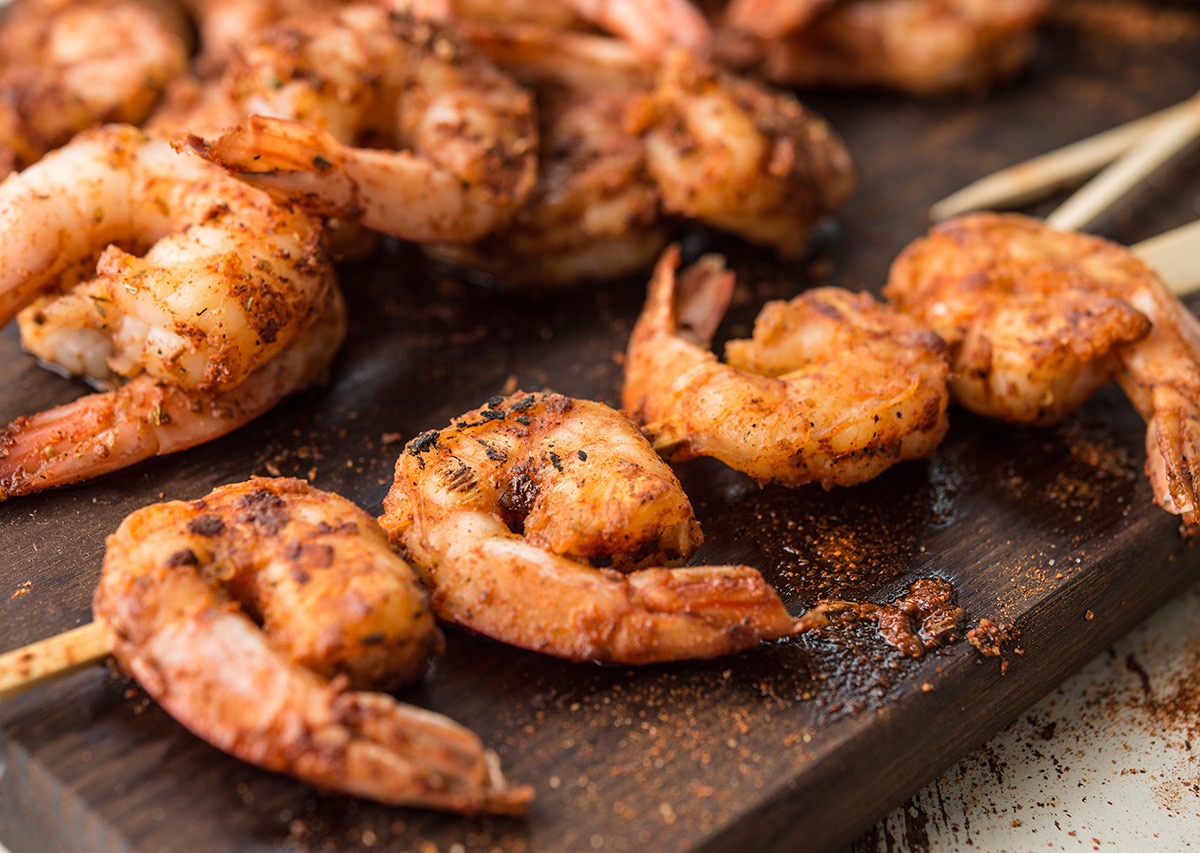
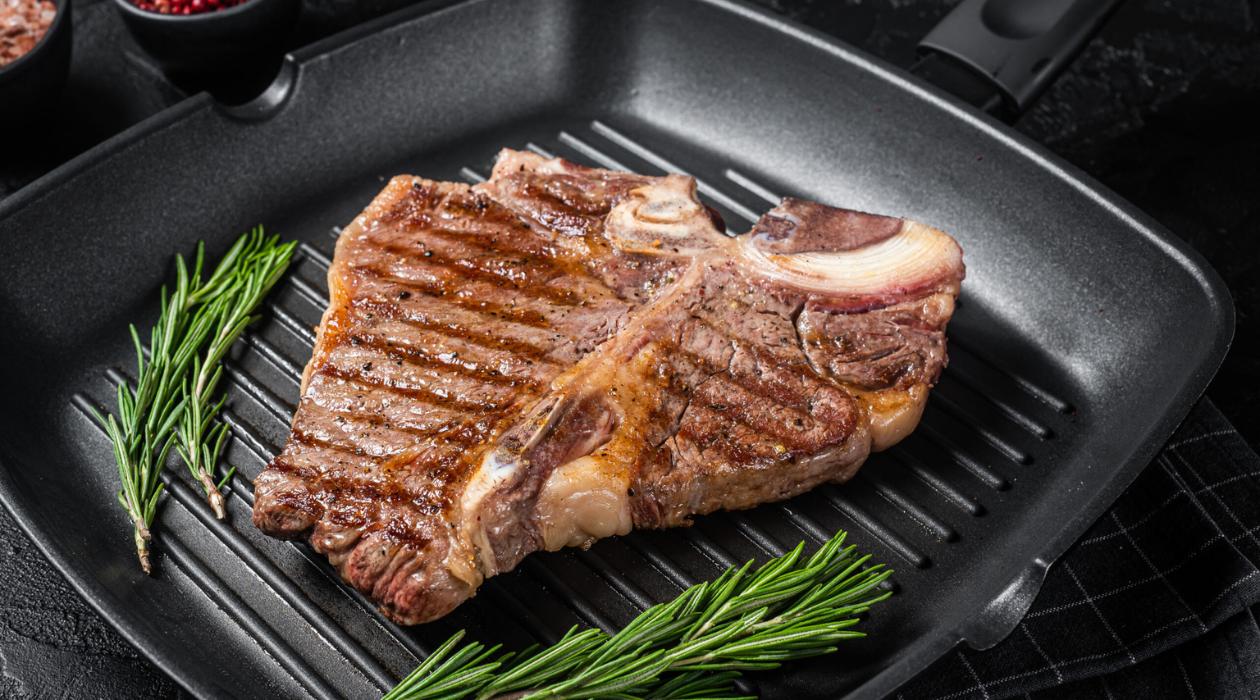
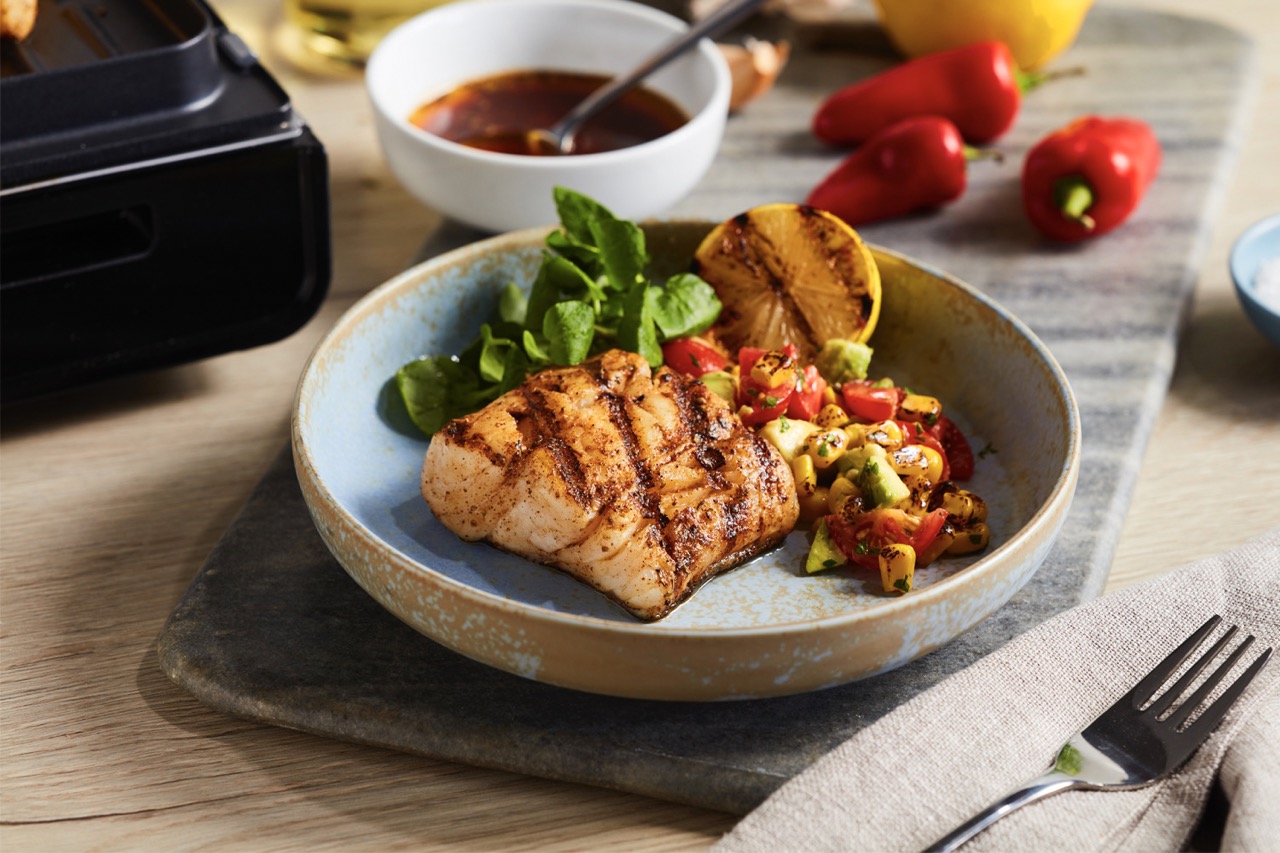
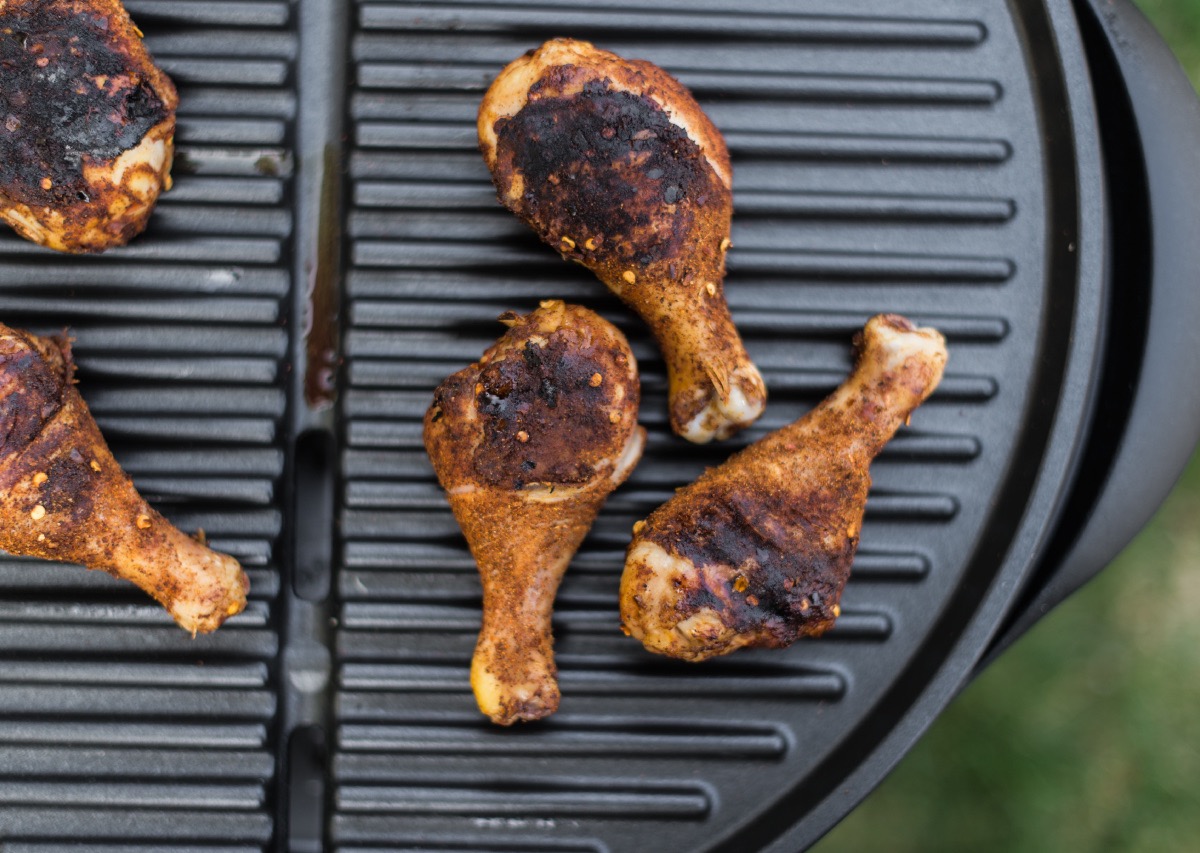
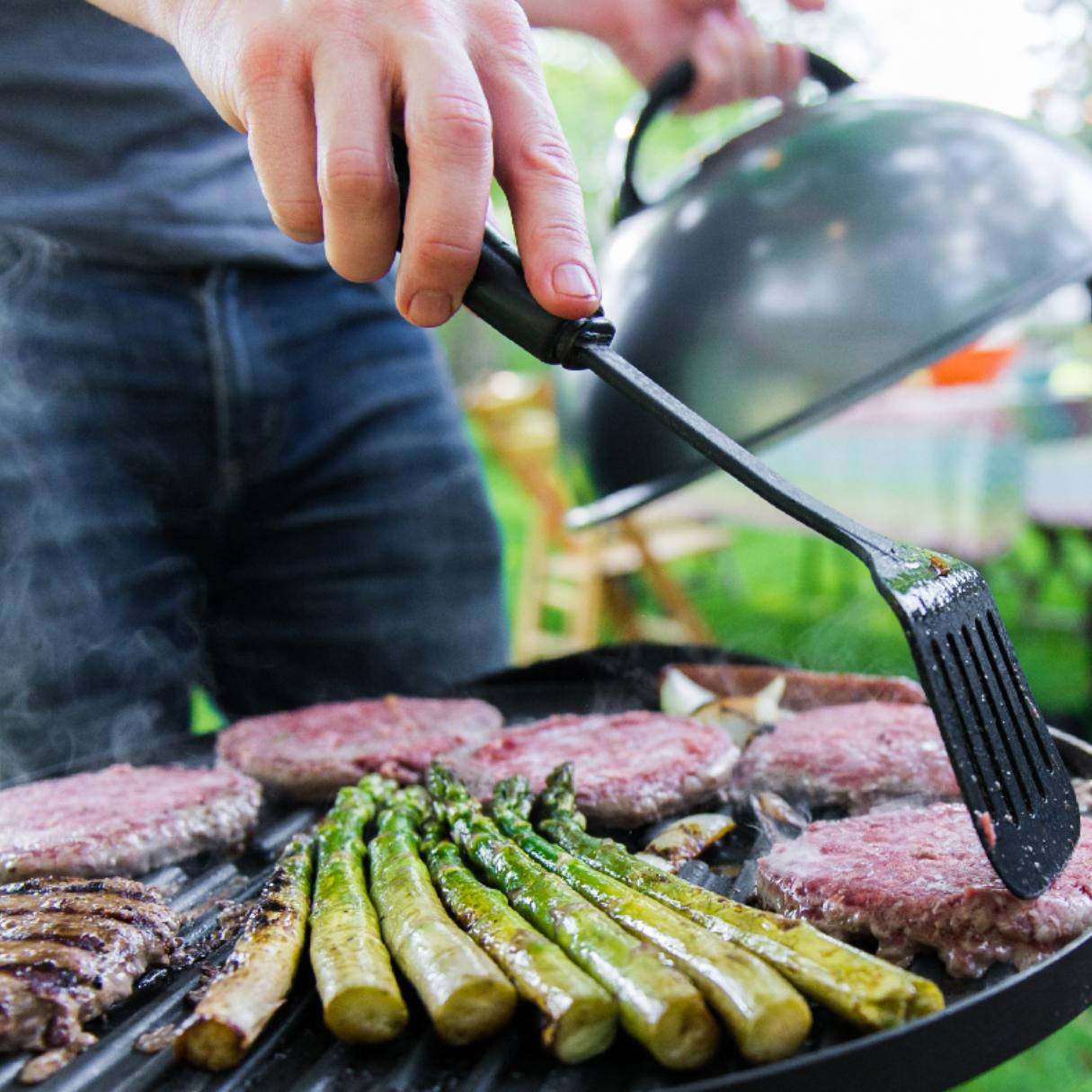
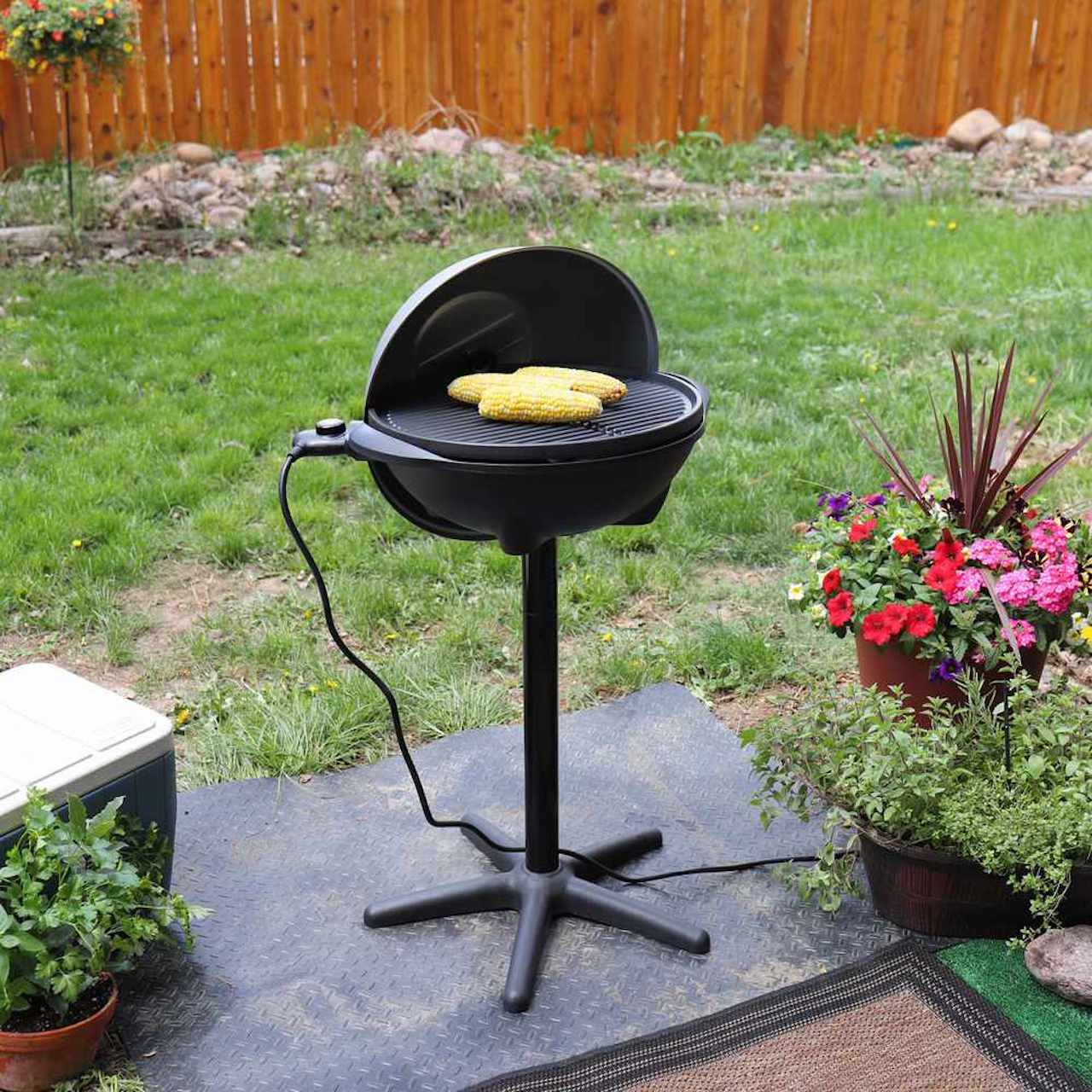
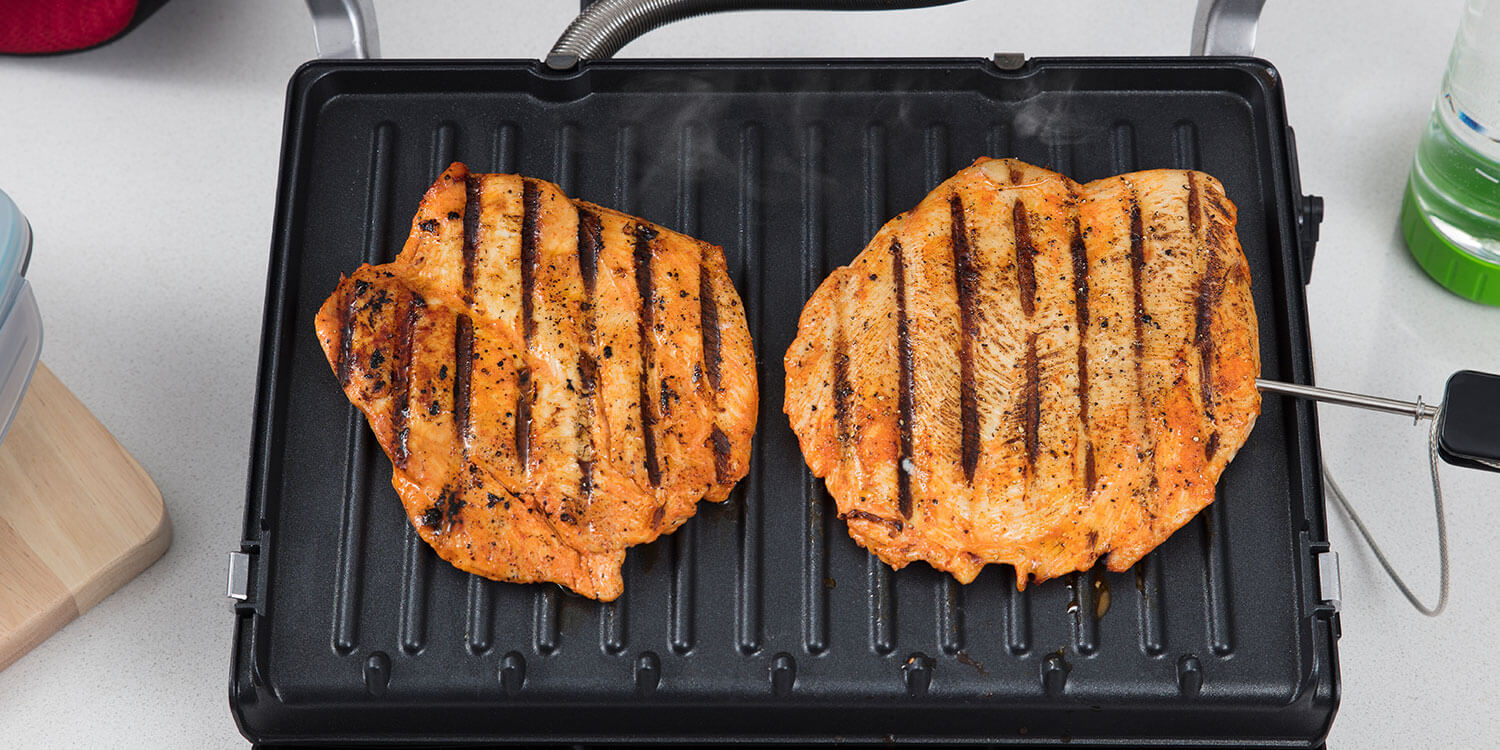

0 thoughts on “What Temperature To Cook Sausage On A George Foreman Grill”